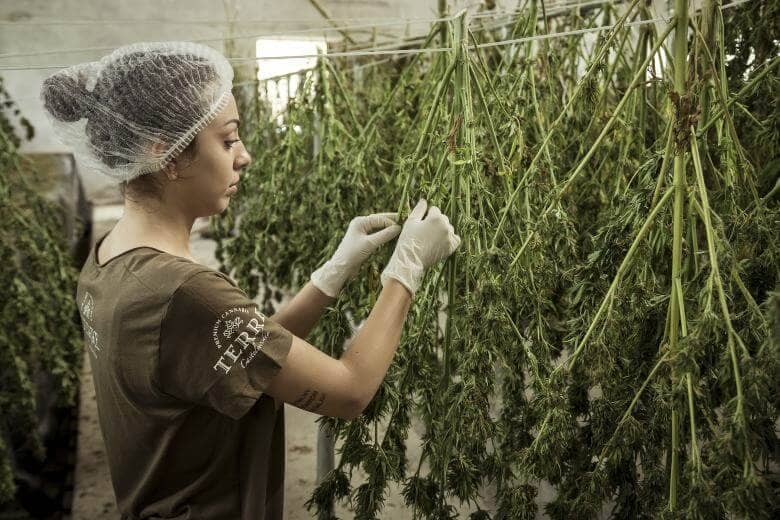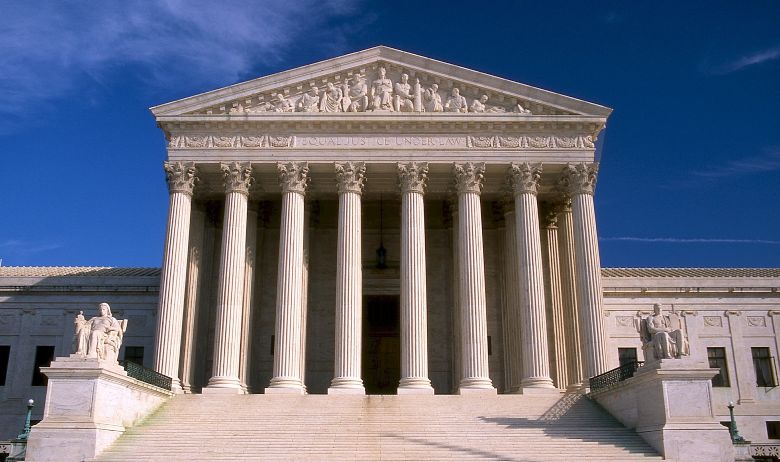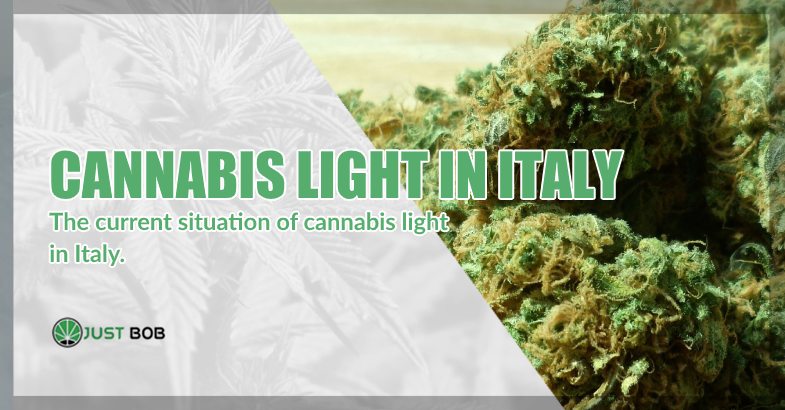Here is what is happening in Italy about light cannabis.
At the moment, substantial uncertainty surrounds the sector and the promotion of CBD cannabis in Italy. It brings potentially devastating repercussions for the agricultural industry and investors, who rely on the many farms in the industry that have arisen in the country in recent years and that, due to the favourable climate, provide high quality “Made in Italy” products.
It is essential to underline that, due to the favourable climate, the agricultural sector of cannabis sativa L cultivation in Italy is particularly prolific. Besides, its impact on the country’s economy is impressive. Investments are attracted from all over the world as the hemp plant is particularly versatile. It can be used in construction, cosmetics, food, for land reclamation and as a base for tissues and other biomaterials.

It could also be at the basis for the development of a modern green economy. At the same time, thanks to the high number of studies on the compounds contained in resin and inflorescences, the importance linked to the possibilities of its use in therapeutic fields, that are slowly being discovered, cannot be underestimated.
However, following a decision by the United Sections of the Court of Cassation, and the speech by the President of the Senate: Elisabetta Casellati, on last December the 17th; a new “Maxi Amendment” on the subject was recently presented. Now, the cannabis industry is hanging by a thread and significant investments, done by Italian and foreign companies, seem to be increasingly at risk.
Moreover, both events have brought to light considerations that are in stark contrast with many authoritative opinions on cannabis, at the same time risking to put the Italian agricultural sector in crisis.
Read also: CBD oil: is it allowed to be sold in Italy?
Content and causes of the latest regulations on the subject

The latest interventions attempted by the Government are aimed at filling a gap in the law 242/2016, which promotes the cultivation of cannabis with a THC content lower than 0.2%. However, without providing clear and comprehensive rules regarding the marketing of plants and inflorescences of CBD cannabis for purposes other than those listed (mainly industrial and textile use).
It was the purpose of the “maxi amendment” presented in Parliament and then declared inadmissible by the Senate. The aim was to insert a new article in the budget law, to definitively sanction the lawfulness of the trade-in light Sativa hemp. This proposal had been made to finally clarify the doubts on the matter, and to give certainty to the numerous companies willing to invest in the Italian market.
These are the doubts that have led the United Sections of the Court of Cassation to go over the contradictory guidelines of the case law and the regulatory gaps. The goal is to conclude that, at present, the cultivation and promotion of products derived from CBD Marijuana are illegal, except in the cases and for the uses explicitly stated in Law 242/2016 (Section Un. 30475/2019).
This judgment was caused by the regulatory gap still present in the field of Industrial Hemp: the current situation leads the Jurisprudence to apply old regulations on Cannabis even when it comes to the promotion of the “new” “Cannabis Light”. The judgment in question also refers to the so-called “principle of offensiveness”. It prohibits the spread of a product “unless the same product is not without any doping effect”.
Unfortunately, the lack of proof on the doping effect of CBD Marijuana is not yet demonstrated. Since THC can be “doping” even in small quantities; the decision on the matter would be up to the judge in charge on a case-by-case basis. The same judges have often stressed the need for legislators intervention to clarify this point, as a clear political decision would be desirable to avoid autonomous jurisprudential rulings.
Since there is a lack of reference indicators, the above described events have provoked a great deal of criticism, both for the potential damage to the Italian agricultural sector and for the impossibility of demonstrating the lack of doping efficacy of such a product.
To sum up: the United Sections of the “Court of Cassation” have banned the cultivation and promotion of hemp sativa L. products, except for the uses made explicit by Law 242/2016 (which are in principle exclusively industrial applications), inviting the legislator to fill this legislative gap. The regulation was initially proposed in Parliament, but was rejected by the Senate because, according to the President of the Senate itself, as it was not a possible amendment during the Parliament’s Budget session.
In the meantime, the sector of CBD-rich products trade has developed an increasing demand for this active ingredient, that can fortunately be isolated in crystals: this way they can be added to plant compounds – not derived from hemp – to create highly innovative products to be launched on the market. The latter, not derived from cannabis, are entirely free of THC, and therefore concretely devoid of dopant effectiveness. CBD is unilaterally recognized as a non-narcotic substance but, on the contrary, it possesses beneficial properties that are increasingly appreciated in the medical, pharmaceutical, food and cosmetic fields.



